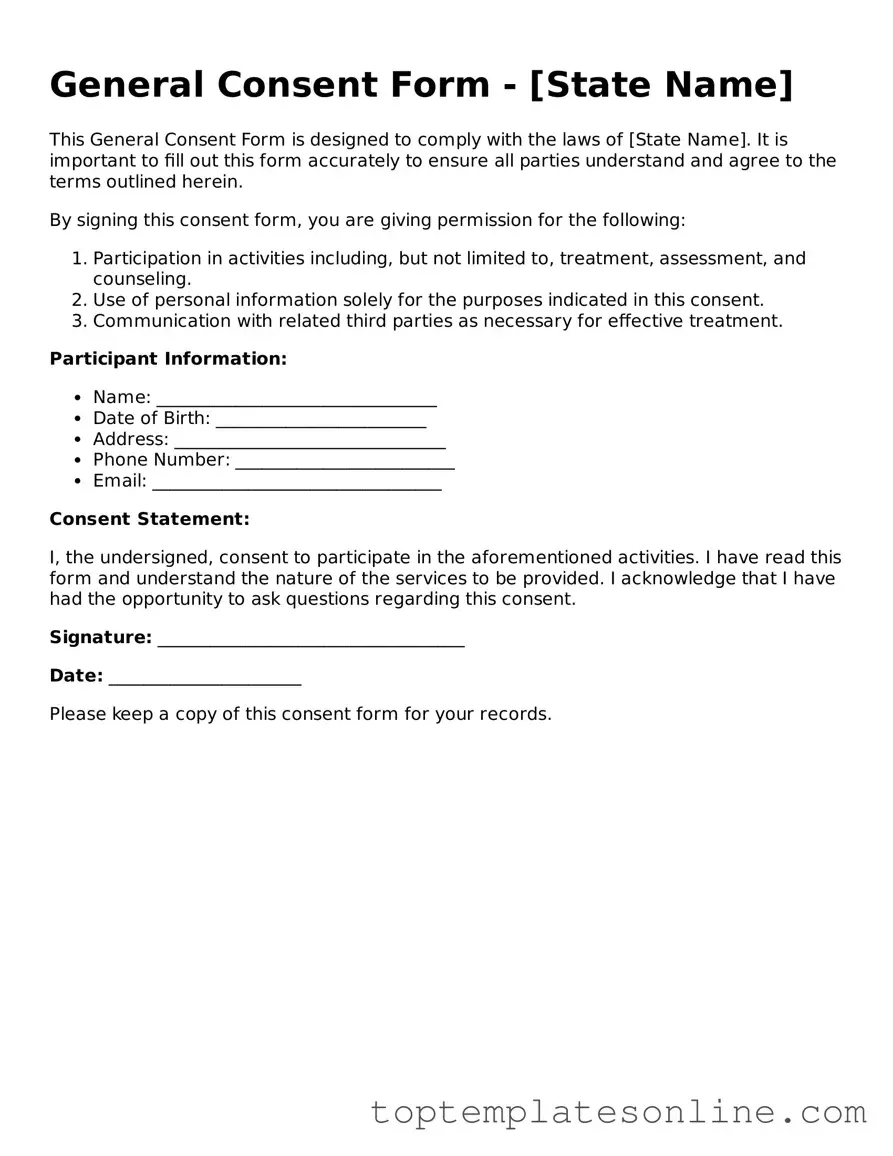Attorney-Approved Consent Form
A consent form is a document that grants permission for a specific action or decision, often related to medical procedures, research participation, or legal agreements. Understanding the importance of consent forms is crucial, as they ensure that individuals are informed and agree to the terms before proceeding. This article will explore the key elements and significance of consent forms in various contexts.
Customize Consent Here
